Historical Catholic Church Organizations as Worldbuilding Inspiration
Setting idea to spice up standard DnD clerics.
Diocese / Parish
This is the branch of the church that most often interacts with the common folk. Dioceses are led by a bishop. Priests and deacon minister to parishes within a diocese. These members of the church are permitted to own property, collect taxes, and administer land. They can have a pseudo-feudal relationship with a sovereign, with tracts of land being granted to a bishop to form a diocese out of. They generally maintain a church (for parishes) or cathedral (at the seat of the diocese) where the public gathers for rites.
Historical Dioceses

Friars
Orders referred to as white, brown, grey, black, etc based on the color of their habits. Mendicant, taking a vow of poverty. Generally are either itinerant or stick to urban areas.
Historical Friars
Carmelites - the “Brown Friars”. Mission: silence, solitude, and contemplative prayer.
Franciscans - the “Grey Friars”. Mission: serve the poor and marginalized, and preach in the streets. The most radically mendicant of the orders.
Dominicans - the “White Friars”. Oppose heresy and study intellectual pursuits (including studying philosophy and lecturing at universities).
Augustinians - the “Black Friars”. Mission: communal living. The most likely friars to make mead.
Monks
Monks (and their female counterparts, nuns) live cloistered and self-sufficient lives devoted to prayer and meditation. They generally live in isolated monasteries / abbeys / nunneries located in rural areas. They are referred to as “brother” or “sister” and their leaders are abbots or abbesses. They do not own individual property, but often share communal ownership of the monastery and its assets.
Historical Monastic Orders
The Benedictines or the “Black Monks”. Probably what you think of when you think of monks and nuns.
The Cistercians or the “White Monks”. Branched off of the Benedictines. Stricter and more austere than Benedictines.
The Trappists. Branched off of the Cistercians. Strict vow of silence.
The Pauline Fathers. Hermits, based off of the lives of the Desert Fathers. Have a particularly Marian focus to worship. Often minister to pilgrims.
Missionary Orders
These guys go abroad to spread religion and take a special vow of obediance to the pope. Real-world, this is the Jesuits. They’re a bit of an oddball compared to the rest.
Military Orders
Similar to dioceses, the knightly military orders of the church also own property and administer territory. Generally, their territory is formed abroad whereever a crusade is taking place. Titles in military orders may be something like “knight-brother” and led by “knight-commanders”. Perhaps an organizational unit of “commanderies”? They have lots of castles (due to all the infidels to crusade).
Historical Knightly Orders
Knights Hospitaller
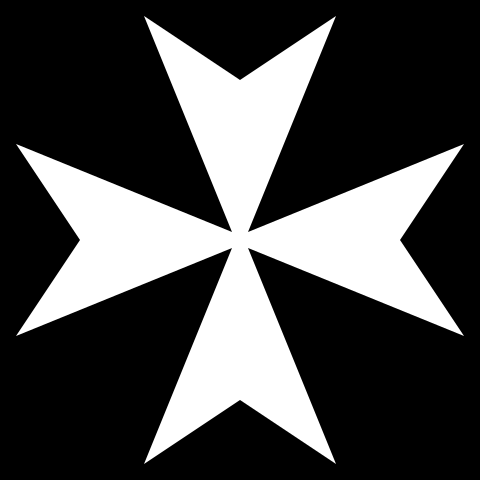
Founded to care for pilgrims to the Holy Land by setting up and maintaining hospitals along pilgrimage routes. This role gradually grew to providing military defense as well.
Knights of the Holy Sepulchre
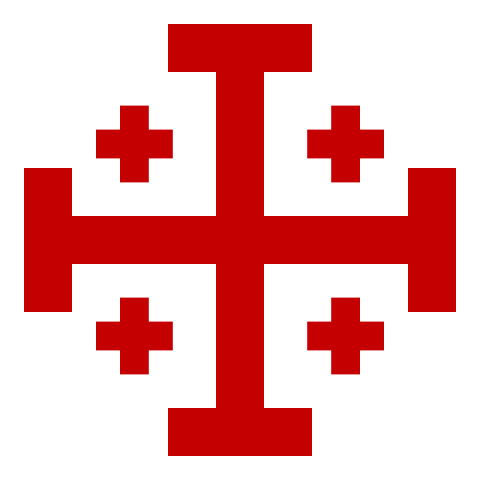
Founded to protect and maintain the Church of the Holy Sepulchre in Jerusalem. Less militarily inclinced than the other orders. More tied to existing religious institutions such as the Patriarchate of Jerusalem.
Knights Templar
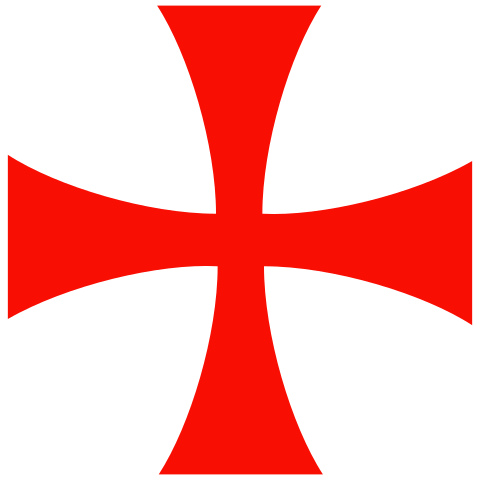
Wealthiest of the orders. A strong military presence, and also involed in banking. Secretive initiation orders.
Knights of Saint Lazarus
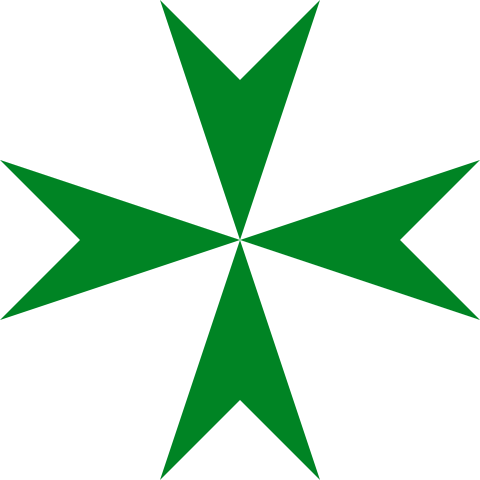
Created to care for lepers in Jerusalem. The order did allow some lepers as members, though it was not exclusively comprised of people suffering from the disease. But I think it’s much color to picture these as an order of leper-knights like this guy from Darkest Dungeon.
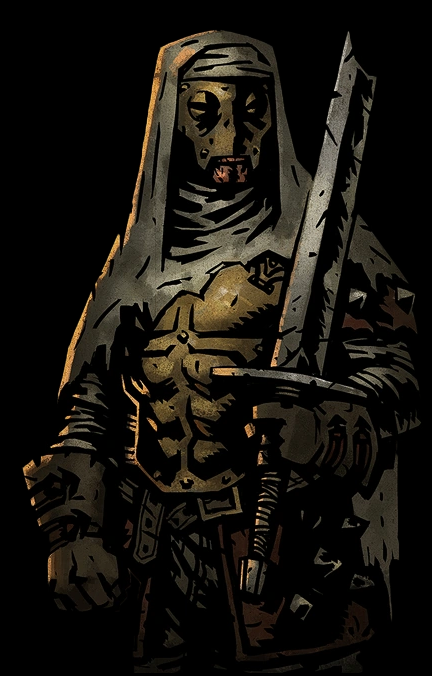
Teutonic Knights
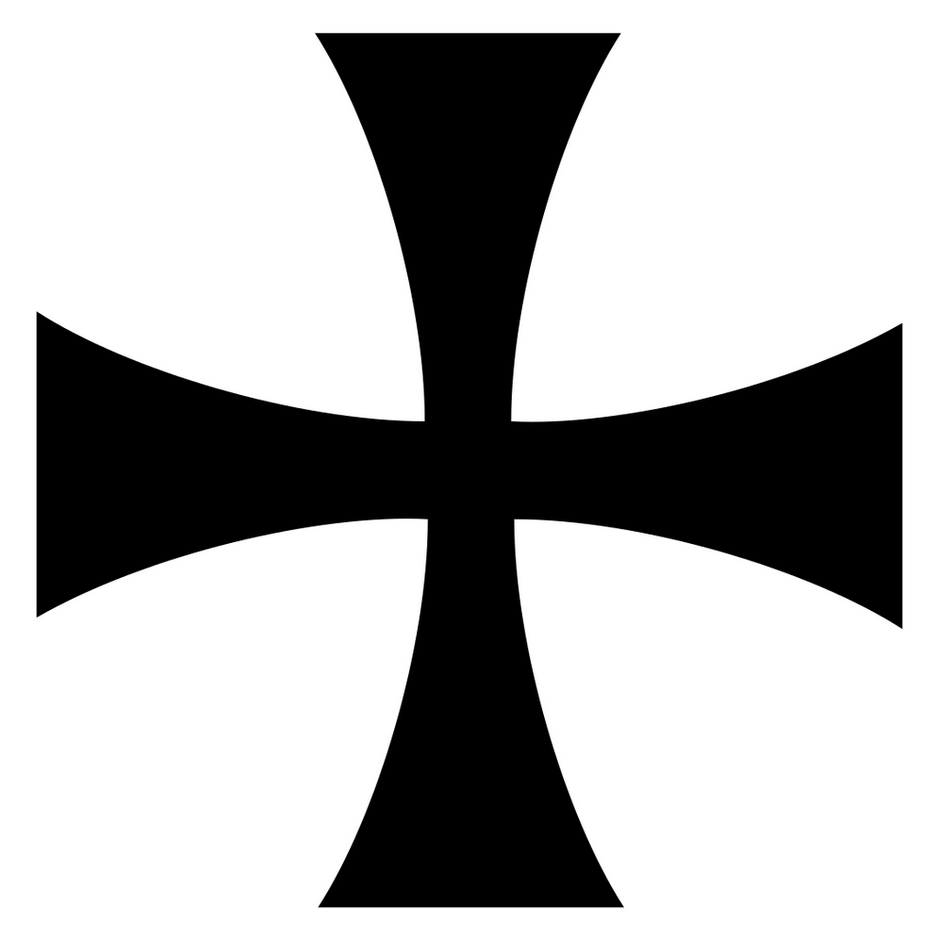 .
.
Heavily involved in prosecuting the Northern Crusades in the Baltics. Basically became a state in and of themselves in Prussia.